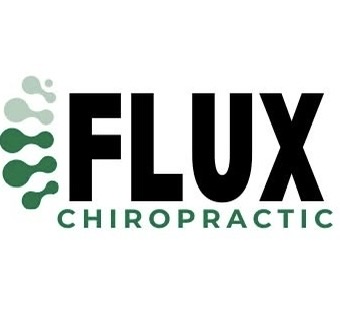TMJ Dysfunction, Headaches, Neck Pain, and the Role of Chiropractic Care
- Michael Brooke
- 7 days ago
- 2 min read
Temporomandibular joint (TMJ) dysfunction, commonly referred to as TMD, affects the jaw joint and surrounding muscles, leading to symptoms such as jaw pain, headaches, and neck discomfort. These symptoms often overlap, creating a complex clinical picture. Chiropractic care, particularly the McTimoney technique practiced at Flux Chiropractic Hull, offers a non-invasive approach to address these interconnected issues.
Understanding TMJ Dysfunction
The TMJ connects the jawbone to the skull, facilitating movements like chewing and speaking. Dysfunction in this joint can result in:
Jaw pain or tenderness
Clicking or popping sounds
Difficulty chewing
Locking of the jaw
Headaches and neck pain
Factors contributing to TMD include bruxism (teeth grinding), stress, poor posture, and misalignment of the jaw or cervical spine.
The Interconnection: TMJ, Headaches, and Neck Pain
Research indicates a bidirectional relationship between TMD and cervicogenic headaches (headaches originating from neck issues). A study involving 43 patients with cervicogenic headaches found that 44.1% also had TMD. Those receiving manual therapy targeting both the cervical spine and TMJ reported significant reductions in headache intensity and improved neck function.
Another randomized controlled trial demonstrated that orofacial manual therapy, in addition to cervical manual therapy, led to significant improvements in cervical movement impairment among patients with features of cervicogenic headaches and TMD .PubMed
Chiropractic Care and TMD
Chiropractic interventions aim to restore proper alignment and function to the musculoskeletal system. For TMD, this includes:
Spinal Manipulation: Adjusting the cervical spine to alleviate nerve interference and muscle tension.
Soft Tissue Therapy: Techniques like myofascial release to reduce muscle tightness around the jaw and neck.
Postural Correction: Addressing forward head posture to reduce strain on the TMJ.
A case study reported a 39-year-old female patient experiencing complete resolution of TMD symptoms, improved jaw function, and enhanced quality of life after chiropractic therapy, including spinal adjustments and soft tissue therapy .
The McTimoney Approach at Flux Chiropractic Hull
At Flux Chiropractic Hull, we specialize in the McTimoney chiropractic technique, characterized by gentle, precise adjustments. This approach is particularly beneficial for individuals with TMD, as it:
Minimizes discomfort during treatment
Addresses misalignments contributing to TMJ dysfunction
Promotes overall musculoskeletal balance
Our tailored care plans focus on the interconnectedness of the jaw, neck, and spine, aiming to alleviate pain and restore function.
Conclusion
TMJ dysfunction, headaches, and neck pain are often interrelated, stemming from musculoskeletal imbalances. Chiropractic care offers a holistic, non-invasive approach to address these issues, with evidence supporting its effectiveness in reducing symptoms and improving quality of life.
If you're experiencing symptoms of TMD, headaches, or neck discomfort, consider consulting with a chiropractor trained in the McTimoney technique to explore personalized treatment options.
References:
La Touche, R., et al. (2011). Effect of treatment of temporomandibular disorders (TMD) in patients with cervicogenic headache: a single-blind, randomized controlled study. Journal of Oral Rehabilitation, 38(9), 706–718.
Von Piekartz, H., et al. (2013). Orofacial manual therapy improves cervical movement impairment associated with headache and features of temporomandibular dysfunction: a randomized controlled trial. Journal of Oral Rehabilitation, 40(9), 670–679.
Chu, E. C.-P., et al. (2023). Temporomandibular Disorder Treated With Chiropractic Therapy. Cureus, 15(3), e36377.PubMedPubMedPMC+1NCBI+1
Note: The above references are provided for informational purposes. For personalized advice and treatment, please consult a qualified healthcare professional.

